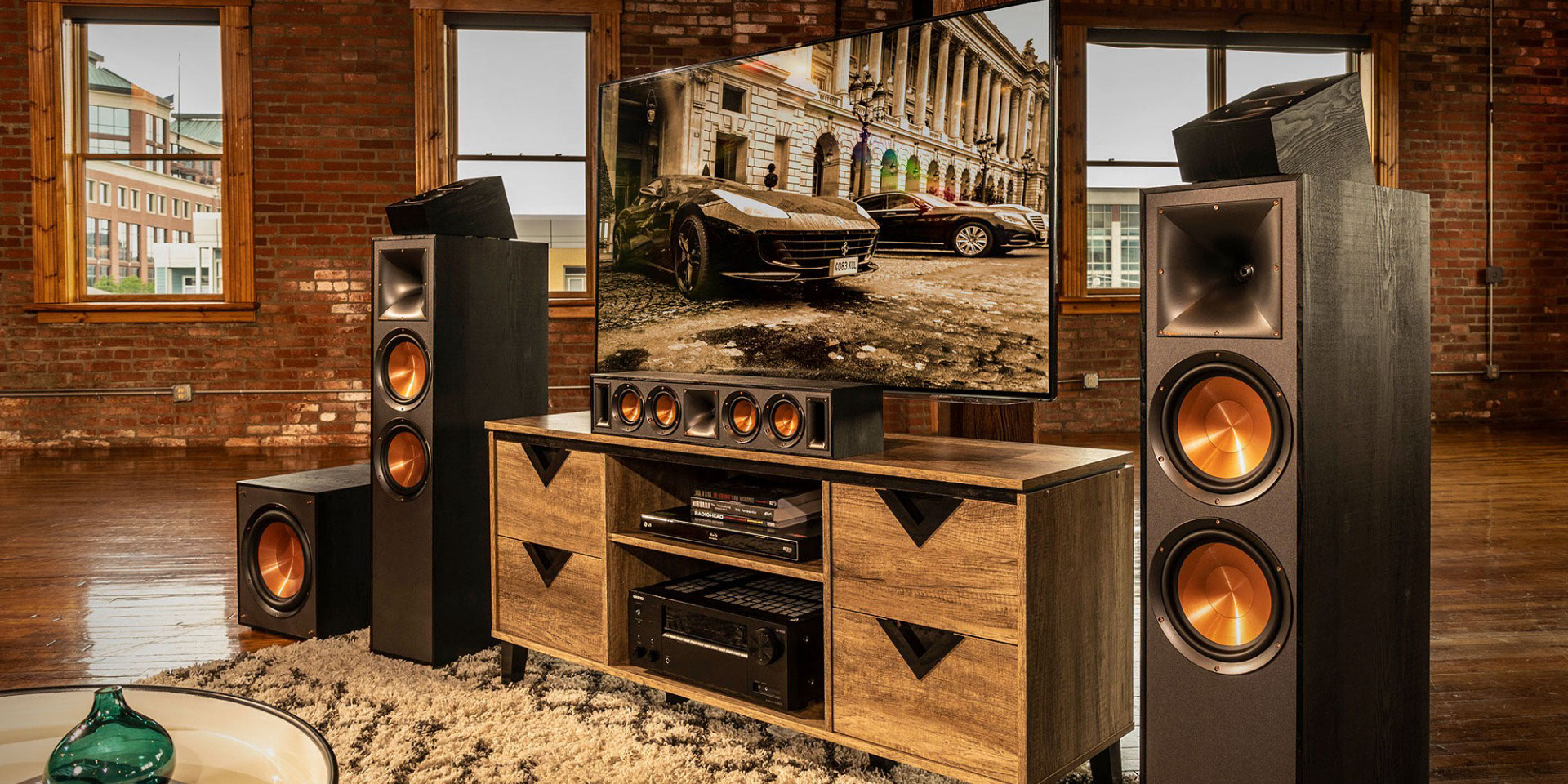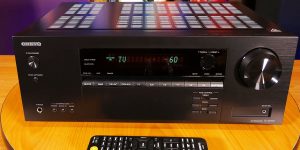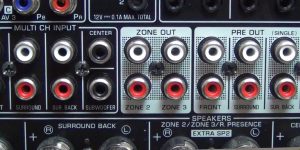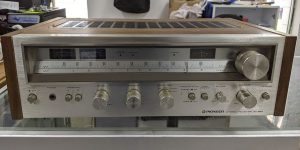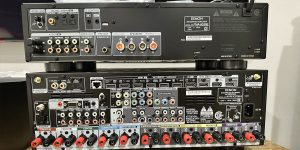Yes, an AV receiver can improve video quality. By providing a separate decoder for each type of video signal, an AV receiver can reduce the amount of noise and interference in the signal. As a result, it results in a cleaner, sharper picture. In addition, an AV receiver can provide enhanced features that can improve other video features of your system.
In what way does an AV receiver influence the video quality?
An AV receiver can affect several video features, including Video Conversion Analog, upscaling, frame rate, resolution, color depth, and refresh rate. Depending on the receiver’s capabilities and the associated display device, these features can significantly impact the video signal’s overall quality.
Video Conversion Analog
An AV receiver influences Video Conversion Analog by acting as the central hub for all your audio and video equipment. It connects to your TV, Blu-ray player, DVD player, streaming media devices, and more. The receiver then sends the video signal from these devices to your TV and sends the audio signal to your speakers. It allows you to have a single remote control for your devices and provides better sound quality for your movies and TV shows. Additionally, an AV receiver can upconvert analog signals to digital, improving picture quality.
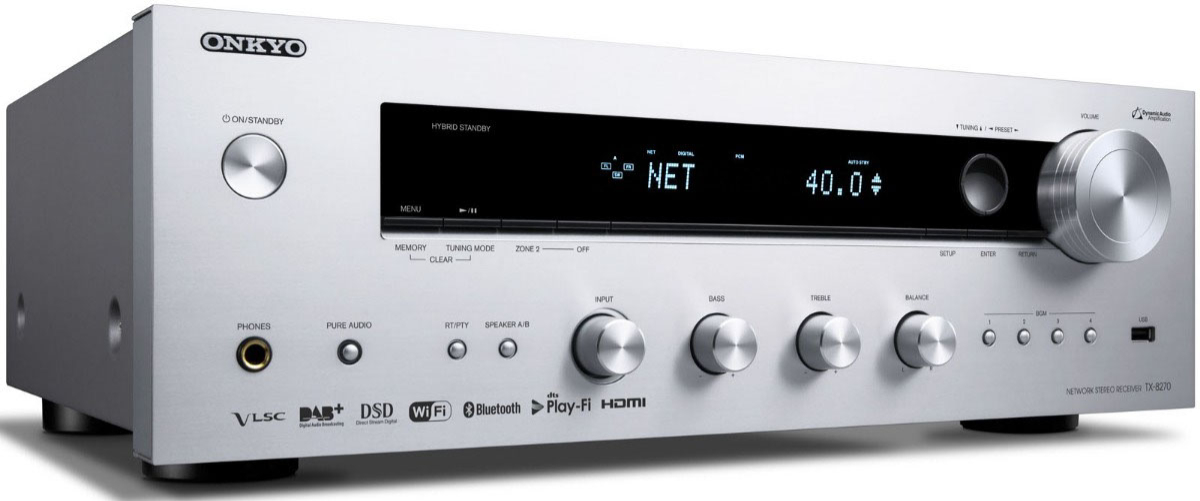
The video upscaling
Video upscaling is the process of converting low-resolution video to a higher resolution. The quality of the video upscaling feature in an AV receiver can vary depending on the model. Generally, higher-end AV receivers will offer better video upscaling than lower-end models. Video upscaling is typically performed by the receiver’s internal processor so that the quality of the processor can affect the final image quality.
An AV receiver can influence the video upscaling process by providing better image processing and a scalar that can improve the quality of the upscaled image.
An AV receiver can influence the video upscaling in a few different ways:
- First, the quality of the receiver’s DAC (digital-to-analog converter) can impact the overall quality of the image. Therefore, a better DAC will result in a better image.
- Second, the receiver can provide additional processing power that can be used to improve the upscaled image. It is particularly true if the receiver has 4K upscaling capabilities.
- Finally, some receivers have special features that can be used to further improve the upscaled image, such as unique video modes or picture-in-picture options.
The frame rate
There are a few ways that an AV receiver can influence the frame rate:
The most common way is by limiting the refresh rate of the display. It can be done by either setting a maximum refresh rate in the display settings or using a feature called “frame skipping.” Frame skipping tells the display only to show every other frame, which effectively halves the frame rate.
Another way an AV receiver can influence the frame rate is by using a feature called “motion smoothing.” Motion smoothing essentially inserts additional frames into the video signal in order to reduce motion blur. As a result, it can make the video appear “smoother,” but it can also introduce artifacts into the image.
Finally, some AV receivers have features that allow them to output a video signal at a higher frame rate than the source material. It is typically used for gaming applications where a higher frame rate can provide a competitive advantage. In either case, an AV receiver can improve the video signal quality.
The resolution
The AV receiver is the central hub for all your home theater and audio needs, and as such, it plays a very important role in terms of picture and sound quality. In terms of resolution, the AV receiver can influence the overall quality of the image by providing a cleaner signal to the television or projector. By having a higher quality signal, the receiver can help improve the image’s clarity and detail. Additionally, the receiver can also pass along high-resolution audio signals to your surround sound system, which can further improve the audio quality of your system.
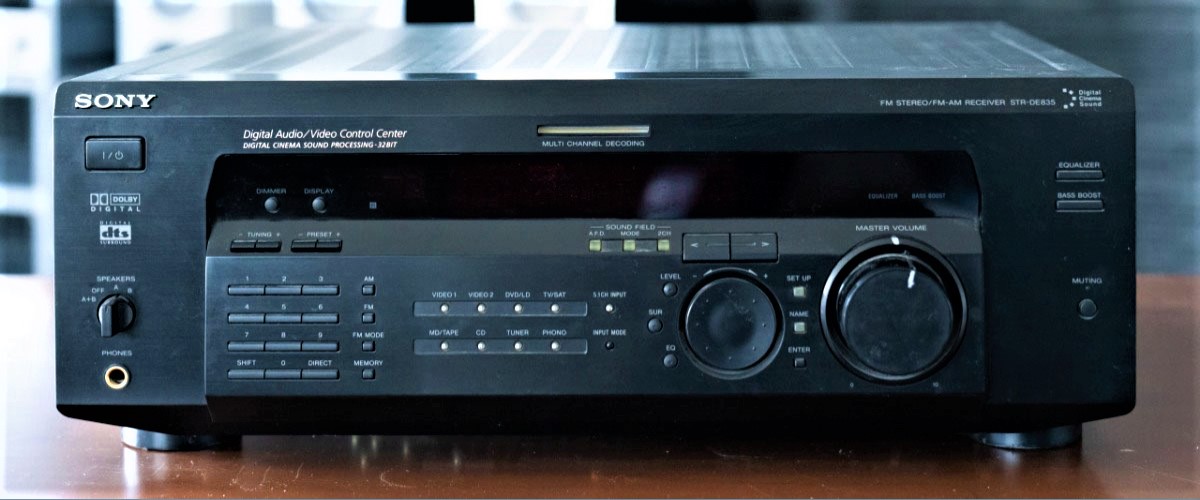
The color depth
The color depth of a display is determined by the number of bits used to encode each pixel. The more bits used, the greater the potential number of colors that can be represented.
A receiver can decode video signals encoded in high-bit-depth formats, such as HDR10+. It allows more color information to be carried in the signal, resulting in a richer, more vibrant image. A typical AV receiver will use 8 bits per pixel (24 bits total for the three primary colors), producing over 16 million different colors. Some higher-end AV receivers may use ten or even 12 bits per pixel (30 or 36 bits total), providing an even greater range of potential colors.
While more bits generally result in a better-looking image, it is essential to remember that the human eye can only distinguish around 10 million different colors. As such, there is little benefit to using an AV receiver with a color depth greater than 10 bits per pixel.
The refresh rate
An AV receiver can influence the refresh rate in several ways. For example, if the refresh rate is too low, the picture may appear to stutter or be choppy. Conversely, if the refresh rate is too high, the picture may appear blurry or fuzzy. The ideal refresh rate will vary depending on the specific content being watched and the viewer’s preferences.
Ultimately, it is up to the individual to experiment with different refresh rates to find what looks best to them.

